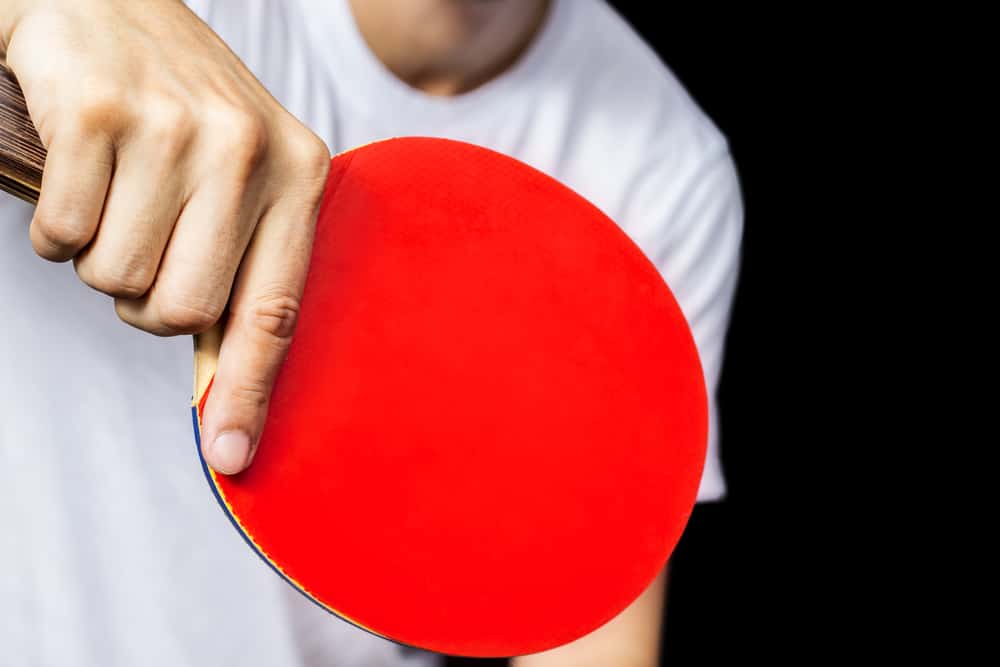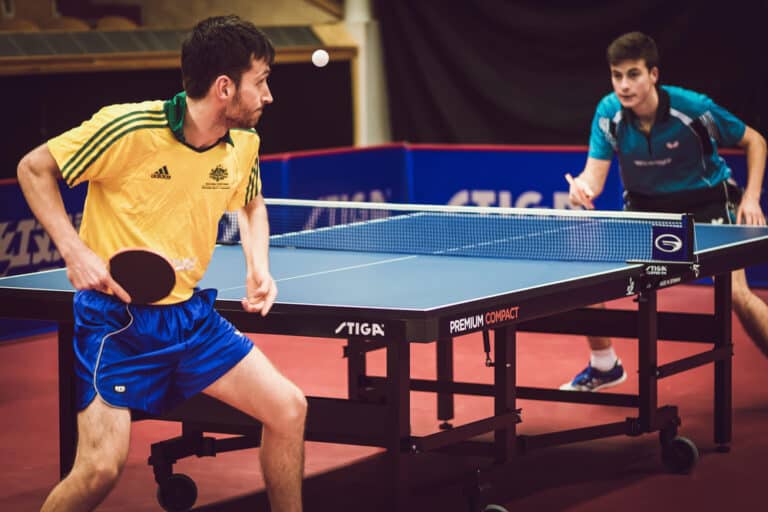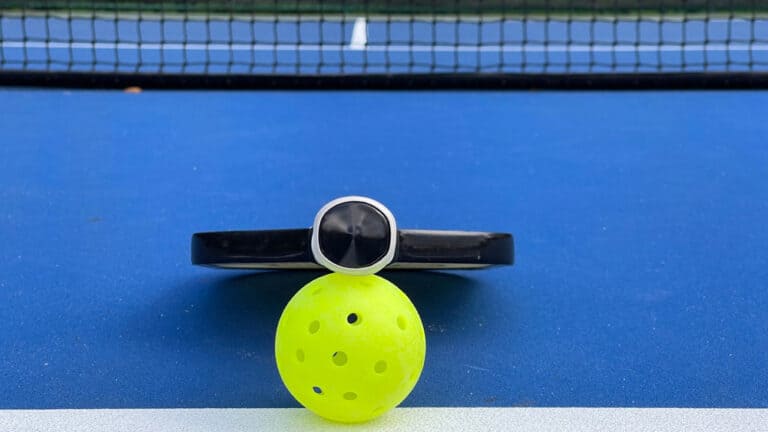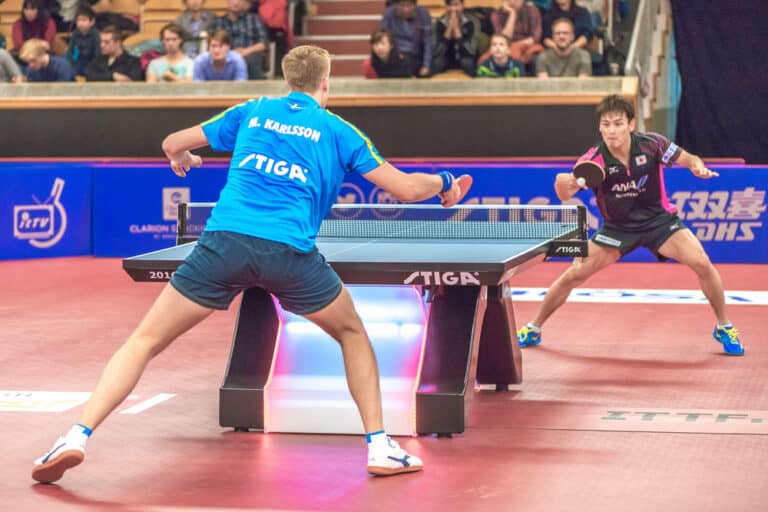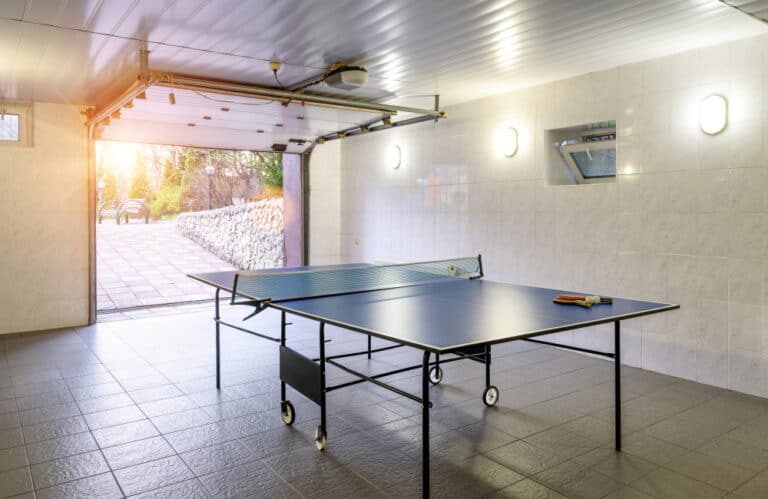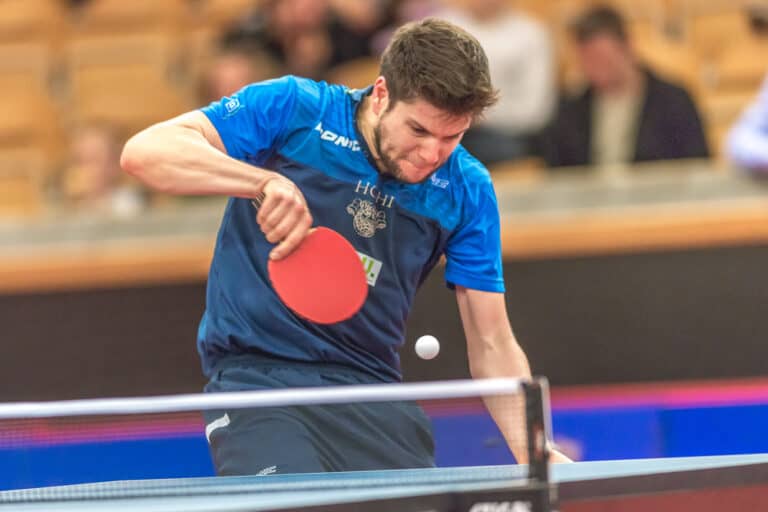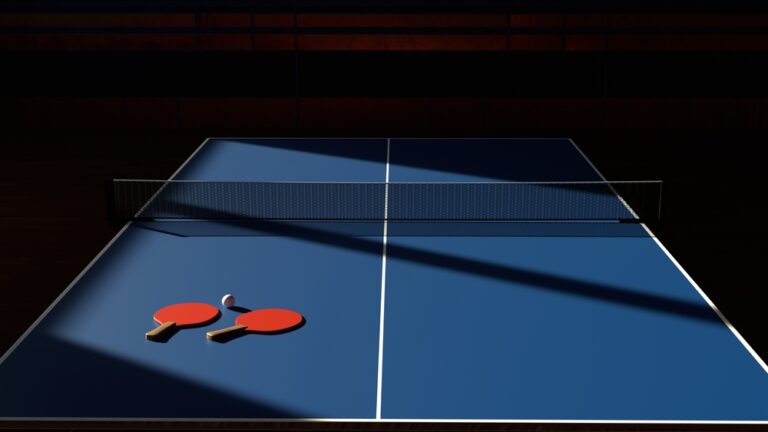Should I Switch From Penhold To Shakehand In Table Tennis?
The penhold and the shakehand are the two ways that table tennis players hold a table tennis paddle. During the years that I played competitively, I made the switch from the shakehand grip to the penhold grip. These days, for social games I have switched back to using the shakehand grip. Here’s why.
Penhold table tennis players should switch to using the shakehand grip during some of their training as backhand with the shakehand grip is the most effective way to learn and practice the reverse backhand with the penhold grip. Beginners should learn with the shakehand, not the penhold grip.
Let’s take a deeper dive into these two ways of holding a table tennis paddle and the benefits players can get from switching between the two even if it is just while practicing.
Should I Switch From Penhold To Shakehand?
In theory, traditional penhold players have great difficulty switching from the traditional penhold backhand to the reverse penhold backhand. Traditional shakehand table tennis players often find it easier to play the reverse penhold backhand should they make the switch from the shakehand grip to the penhold grip.
However, if you are a penhold grip player and struggle with the reverse penhold backhand, you will benefit from switching to the shakehand grip to learn/practice the shakehand grip backhand before switching back to your preferred penhold grip.
I found this out myself during grades 8 & 9 at junior high when I played a little competitive table tennis. I had always been a shakehand table tennis player. One morning my school bag dropped and in the process snapped the handle of my favorite table tennis paddle.
I had remembered seeing players on TV using a grip that didn’t involve the handle, so during recess, I checked a book on table tennis out of the school library and quickly tried to learn the penhold grip before table tennis practice. I wrapped a strip of adhesive bandage around the broken part of the handle to protect my hand from getting splinters. I continued to use that “broken” paddle for the next year-and-a-half with the penhold grip winning many games along the way.
So, as a former shakehand player I found the reverse penhold backhand relatively easy to play compared to what I’ve been reading in the instruction book. It did take me a few tries of hitting the ball with one of my three fingers extending down the back of the paddle when playing a backhand, but I soon adapted.
What Is The Difference Between The Penhold Grip And Shakehand Grip?
Traditional shakehand table tennis rackets have a longer handle and a relatively shorter, rounder blade. This is because you need to be able to hold the entire handle in the palm of your hand. Conversely, penhold table tennis rackets have shorter handles. The shorter handle is compensated for by having a longer blade that is slightly egg-shaped. This different design makes it easier for players to use with the penhold grip and give the wrist more freedom of movement to add spin to the shots.
As far as the grip itself is concerned as the name suggests the shakehand grip is where you hold the handle of the paddle in the same way you would shake someone’s hand. The webbing between the thumb and forefinger should be in line with the spine of the paddle.
The penhold grip involves holding the paddle in the same way that you would hold a pen with one minor difference. Your thumb and forefinger are curled around the paddle handle right near the blade of the paddle with your remaining three fingers extended down the back of the paddle blade.
I tended to play table tennis with a lot of wrist action and therefore found the penhold grip easier to use than a shakehand grip, simply because I was able to use my wrist action to generate much more spin of the ball than what I was able to do using a traditional shakehand grip. However, like everyone else I first learned how to play table tennis using the shakehand grip.
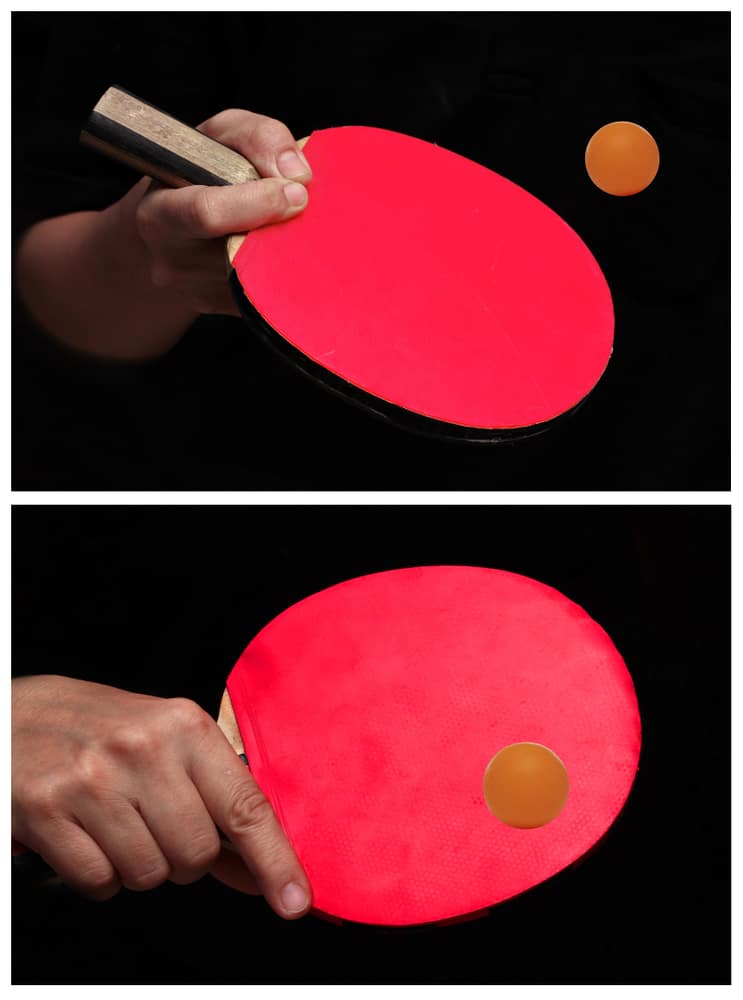
Which Is Better: Penhold vs Shakehand?
When you first start to learn how to play table tennis a shakehand grip for holding your table tennis paddle will be the best better option. This is simply because the shakehand grip is a much more comfortable grip to use for holding the table tennis paddle and it results in a far more balanced back and forehand. It is also the grip that resembles the way you would hold a racket in tennis, squash, racket ball, pickleball, or paddle tennis.
Conversely, a penhold grip is far more specialized for the game of table tennis as is not used in any other racket sport that I’ve seen. However, for players that need greater wrist flexibility to generate spin like I did when I was playing table tennis back in junior high, the penhold grip offered me greater options than the traditional shakehand grip.
So, to answer the question of which is better the penhold or the shakehand the shakehand will be the better option for the majority of players. However, players such as myself that need greater wrist flexibility find the penhold grip to be the superior option. What I must say is that having learned to play table tennis using the traditional shakehand grip made it easier for me to make the switch to using the penhold grip.
What Type Of Grip Is The Most Widely Known In The Western World?
The most widely known table tennis grip in the western world is by far the shakehand grip. It is the one that we are all told to use when we first start learning how to play table tennis. When I was playing table tennis in junior high and I made the switch to using the penhold grip, I was the only one in the entire school using the penhold grip. Even when we played matches against other schools I never encountered any opponents that used the penhold grip.
Initially, when I made the switch, my coach would try to persuade me to switch back to using the traditional shakehand grip. However, when he realized that most of my opponents had no idea how to deal with penhold grip play he relented and let me continue. A friend of mine on the same table tennis team was a left-handed player and he also had the advantage of having opponents that were not used to playing against left-handed players.
What is the easiest grip in table tennis?
The easiest grip in table tennis to learn is the shake hand grip. It looks easy to use and it is a very versatile style because it is the same way of holding a racket as you do in just about every single other racket sport.
Even in China where the penhold grip is the most prevalent grip being used, players are taught how to use the shakehand grip when they first learn the game of table tennis. This is simply because it is the easiest grip to learn to use when you’re first trying to get your racket/ball coordination right as a beginner.
When you introduce a new player to table tennis, teach them the shakehand grip as it feels more natural in your hand. Even as a penhold player, I will always advise a new player to use the shakehand grip at the beginning and not make the switch until they are at least reasonably proficient at the game of table tennis.

